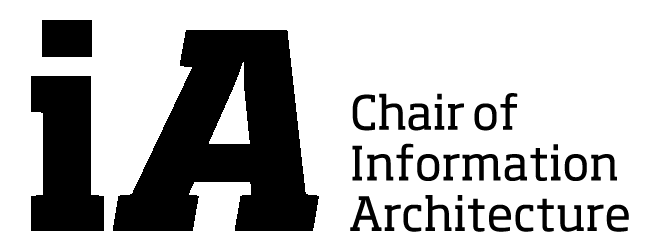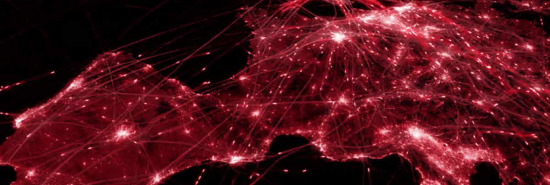The participants of this course learn how to collect, process, analyze and interpret real spatial and temporal data in order to work with quantifiable qualities in urban planning. This is achieved by using actual data from a recent study and analysing it with different data processing and machine learning techniques.
The goal of the course is to explore a specific research question about the urban environment and test the stated hypothesis using different techniques presented in the course, thus preparing students with a skill-set to further support their design and decision making processes.
The course focuses on creating deeper insights to critically evaluate design alternatives for urban planning projects. Students will work with time-series and geo-referenced data including temperature, relative humidity, illuminance, noise, people density, and dust particulate matter. Subjective impression survey data will also be integrated into the student projects to further explore influencing factors of the urban environment on our perceptual experiences. Non-architectural skills the participants can develop during this course are 1) an introduction to programming 2) how clustering methods like PCA or K-Means could be applied in an architectural context.
Where: HIT H 31.4 (Video wall)
When: Mondays 10:00 – 12:00
When: Mondays 10:00 – 12:00
2 ECTS Supervision:



